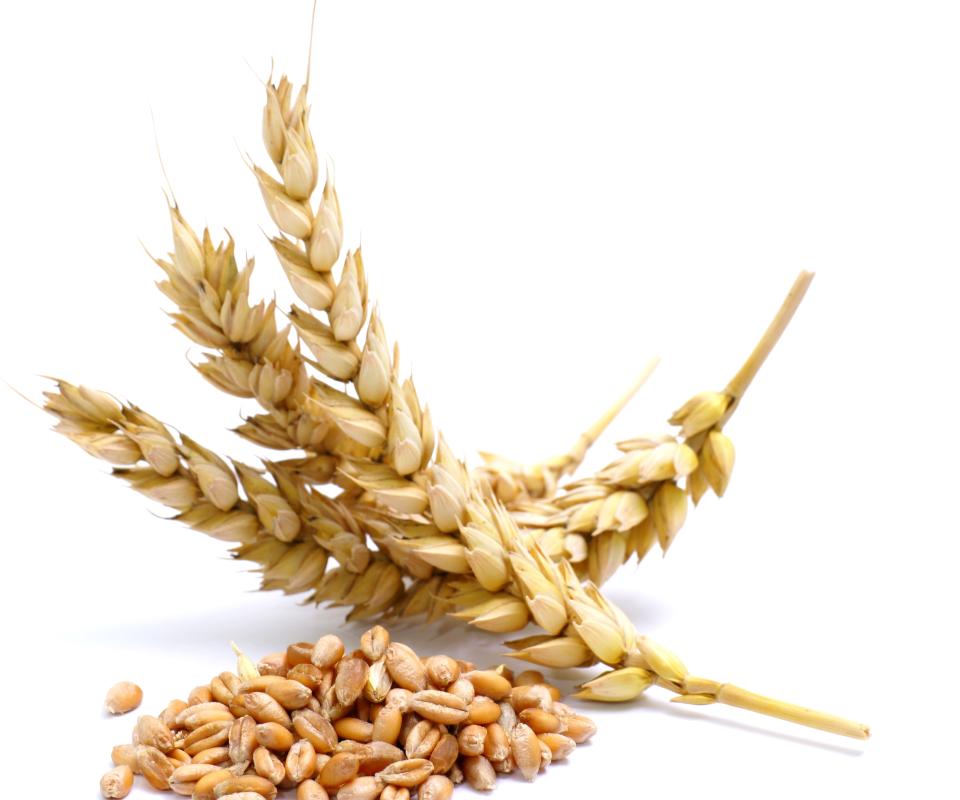At WiseGEEK, we're committed to delivering accurate, trustworthy information. Our expert-authored content is rigorously fact-checked and sourced from credible authorities. Discover how we uphold the highest standards in providing you with reliable knowledge.
What are the Benefits of Wheat Germ?
The benefits of wheat germ are numerous, one of them being that this high fiber, high protein part of wheat is one the tastier health foods. It can easily be incorporated into lots of recipes or added to things like cereals or smoothies to include extra nutrition. Unless people are intolerant to wheat, most will find this portion of the wheat kernel easy to digest, though it may be a good idea to start slow in adding it to foods because of its relatively high fiber content.
It’s hard to know where to start when discussing the benefits of wheat germ. It certainly contains many vitamins and minerals that are healthy for the body. A one-ounce (28.35 g) serving size has 10% of the recommended daily intake of iron, and also serves as a good source for vitamin B6, folic acid, magnesium, potassium and phosphorus. This same size serving has four grams of dietary fiber and eight grams of protein, and the food is an excellent way to meet requirements for both without adding too many extra calories.

Some people may question the benefits of wheat germ when they assess the calorie content of a single ounce serving. This serving size does contain slightly over 100 calories and three grams of unsaturated fat. Provided that wheat germ is part of a healthy diet with a low fat content, the extra calories are unlikely to be of much concern. Wheat germ is cholesterol free and its soluble fiber content can also impart a feeling of fullness that may help people resist snacking or adding extra calories to the diet at other times.

One of the real benefits of wheat germ is that it can be used in so many ways. It can easily be added to sauces like marinara, where it will bulk up the sauce without affecting the flavor. It can also be a substitute for part of the flour in baked goods. While most recipes won’t adapt well to total substitution, using half a cup of wheat germ for the same amount of white flour can pack nutrition in recipes for pancakes, waffles, biscuits, muffins or even cookies. People also sprinkle wheat germ onto things like yogurt or cereal, or it can be added to smoothies.

Those convinced of the benefits of wheat germ probably already how to find it. The uninitiated should know it comes in two basic types: toasted and untoasted. Some brands are fortified with vitamin E or a few brands have a honey wheat germ type. Toasted types usually have a flavor reminiscent of toasted nuts, while the untoasted is not as crunchy. Either type needs to be refrigerated after opening, since wheat germ can become rancid. If the product tastes bitter, it’s probably rancid and it’s time to buy a fresh supply.
AS FEATURED ON:
AS FEATURED ON:
















Discussion Comments
I've never heard of putting wheat germ in sauces like marinara before. It sounds like a good idea, but if you're eating marinara with pasta it might not be a good idea to combine two different forms of fiber like that. If you're putting the sauce over protein or vegetables, though, it could be a good addition, though.
I've read that wheat germ has a relatively low gluten content, which means that some with a gluten intolerance can actually consume wheat germ with few problems. The wheat plant certainly has many uses, and many of them supplement a healthy diet.
Post your comments